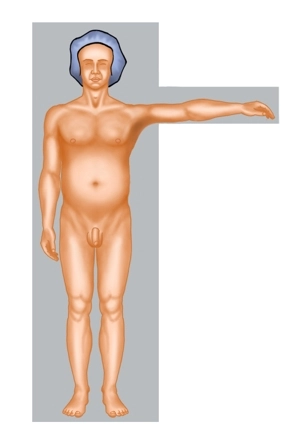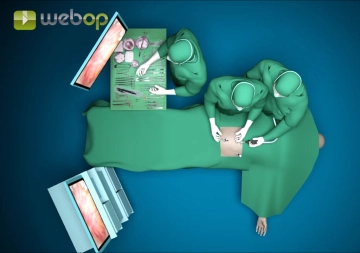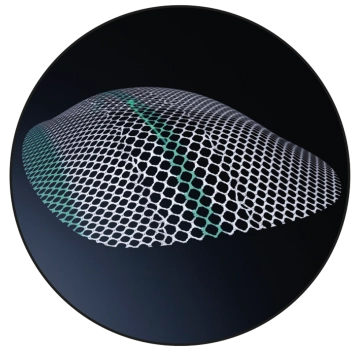The repair of inguinal hernia represents the most common operation in visceral and general surgery. The lifetime risk for men is 27% (women 3%).
The incidence increases with age, and patients with a positive family history are significantly more affected.
Risk factors include:
- COPD
- Tobacco abuse
- Reduced BMI
- Collagen diseases
Indirect inguinal hernias occur twice as often as direct ones. Femoral hernias account for only 5% of inguinal hernias. Right-sided hernias are more common than left-sided ones.
There is no general recommendation for surgical therapy in discretely symptomatic or asymptomatic, non-progressive inguinal hernia in men. Since most patients develop symptoms over time, it is recommended to discuss the indication for surgery and the timing with the patient, considering their health status and social circumstances; "watchful waiting" may be an option.
Approach for Primary Inguinal Hernia
| conservative | surgical | open/anterior approach | laparoscopic/endoscopic |
|---|---|---|---|---|
unilateral hernia in men asymptomatic/non-progressive | + | + | + | + |
unilateral hernia in men symptomatic and/or progressive | - | + | + | + |
bilateral hernia in men asymptomatic/non-progressive | + | + | - | + |
bilateral hernia in men symptomatic and/or progressive | - | + | - | + |
hernia in women, unilateral/bilateral/asymptomatic/symptomatic/non-progressive/progressive | - | + | - | + |
The data on recurrent hernia is not as clear, so surgery would also be recommended for asymptomatic, non-progressive hernia.
Approach for Recurrent Inguinal Hernia
| conservative | surgical | open/anterior approach | laparoscopic/endoscopic |
|---|---|---|---|---|
hernia asymptomatic/non-progressive after anterior approach | +? | + | - | + |
hernia asymptomatic/non-progressive after posterior approach | +? | + | + | (+) |
hernia symptomatic/progressive after anterior approach | - | + | - | + |
hernia symptomatic after posterior approach | - | + | + | (+) |
? = provided adequate expertise in laparoscopic hernia surgery
In women, femoral hernias occur more frequently than in men. Since no diagnostic procedure can reliably differentiate between inguinal and femoral hernias, and femoral hernias are significantly more likely to incarcerate than inguinal hernias, the indication for surgical repair of their hernia should be made promptly in women.
EHS Classification of Inguinal Hernias
Classification | Size | M = Medial | L = Lateral | F = Femoral | C = Combined |
I | < 1.5 cm |
|
|
|
|
II | ≥ 1.5 - 3 cm |
|
|
|
|
III | ≥ 3 cm |
|
|
|
|
Recurrence | R* 0-x |
|
|
|
|
In addition to TAPP and open Lichtenstein repair, TEP is recommended in all guidelines as the preferred elective treatment for inguinal hernia.
The minimally invasive procedures are based on a posterior approach and are always mesh-based.
Laparoscopic/endoscopic procedures have a longer learning curve compared to open procedures.
Advantages of laparoscopic/endoscopic procedures include:
- primary unilateral inguinal hernia in men (lower incidence of postoperative pain)
- inguinal hernia in women (high recurrence rates after Lichtenstein repair in women)
- bilateral inguinal hernias
- recurrent inguinal hernia after anterior approach, but also after posterior procedure with appropriate expertise possible.
In incarcerated inguinal hernias, which are distinguished from irreducible hernias by pronounced pain, acute onset, and signs of bowel obstruction, the diagnostic superiority of laparoscopy should be utilized.
Its advantage is the possibility of repositioning the incarceration with assessment of organ perfusion afterward. In about 90% of cases, organ perfusion recovers after repositioning.
The inspection of an incarcerated bowel loop is limited in the extraperitoneal approach.
The management of inguinal hernia can be performed immediately or at a later time depending on the local infection situation.



